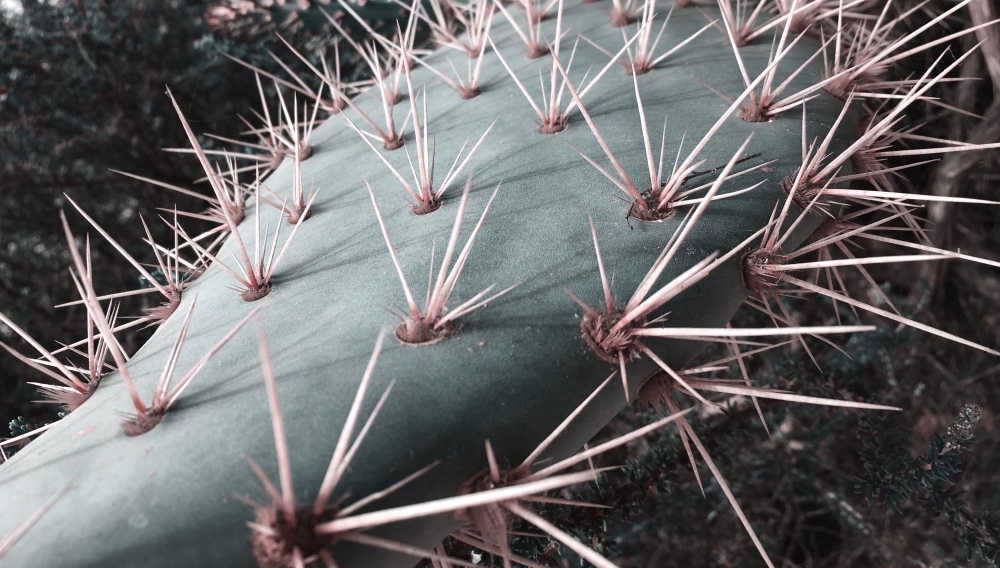Recent posts from the BBC, Futurism and Fronteras about bioplastic made from cactus caught my eye. So let’s explore this!
How does bioplastic help to fight global warming? Plastic is made out of oil. From extracting the oil to manufacturing plastic, greenhouse gases are emitted. After we use plastic, it ends up in the environment or in landfills, where it degrades over hundreds of years, emitting greenhouse gases. Alternatively, plastic trash is burnt which also releases greenhouse gases. Besides that, it releases toxins, harms our oceans and enters our food chain. Project Drawdown estimates that by replacing half our plastic with bioplastic by 2050, 4.3 gigatons of carbon dioxide emissions can be avoided.
So, how do we switch to bioplastic? Previously I wrote about amazing bioplastic solutions from teams all over the world. I covered Notpla’s seaweed pouches from London, and Cove’s PHA bottles from California. This week’s innovation comes from the hot deserts of Mexico.
Imagine a very, very bright green – that’s what cactus juice looks like. Sandra Pascoe Ortiz, a chemical engineering professor from Guadalajara, developed a way to turn this green cactus juice into bioplastic. This is how it works:

She starts by harvesting and peeling cactus leaves. Then she juices and chills the cactus concentrate. After that, the concentrate is mixed with glycerin and wax and finally it is laminated. Sandra has produced bioplastic with different colors, shapes, and flexibility.
What I like most about her approach is that it’s made entirely from renewable resources. She has been researching cactus plastic for over 6 years and says more research needed. Let’s hope we can use her bioplastic one day soon!
Sign up for weekly inspiration right in your inbox

